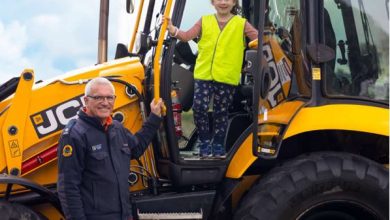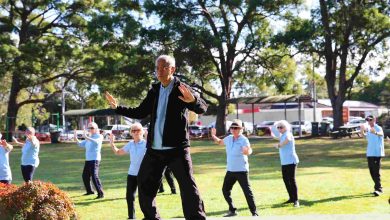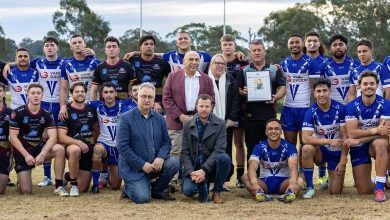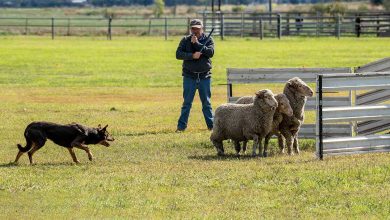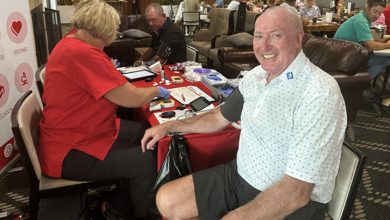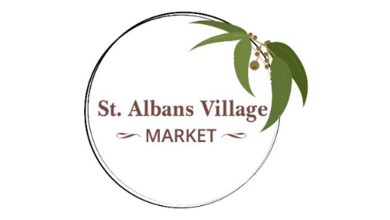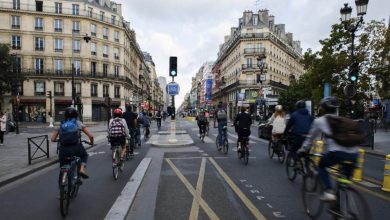A Stage of Transport of a DIFFERENT ERA
Exactly 100 years ago, in August 1924, the last regular stagecoach run by the famous Cobb & Co., was held in Queensland. That 100-year anniversary has got me thinking of the various coach runs in the Hills and Hawkesbury districts and also the history of stagecoaches in Australia.
Whilst Cobb & Co was not founded until 1853 by Freeman Cobb, and eventually became the largest coach company in the Southern Hemisphere, there were a number of coach companies operating before that time.
Whilst not a stagecoach, a large covered wagon was used to carry produce to Sydney from the Hawkesbury, also carried paying passengers. It ran once every 3 weeks with a trip taking 16 hours at a cost of 7/6 for the full journey.
A coach, named the “Union”, started running between Parramatta and Windsor in 1824. (ironically 100 years before the last Cobb & Co coach run) and took 3 hours to travel between the two settlements with fares of 7/6 inside and 6/- outside. Within 3 years coach services between the two settlements had ceased.
The cessation of the coach service was due to the poor state of the roads and also the cost of providing the service was found to be unprofitable.
The situation changed after the establishment of Post Offices in country areas of the Colony including at Parramatta and Windsor in 1828. In 1830 a mail contract was awarded to Hugh Kelly who held licences for a couple of inns along the Windsor Rd.
A entry on The New South Wales Calendar & General Post Office Directory of 1832 reads;-
“From Parramatta…Windsor Royal Mail, sets out every day, Thursday excepted, from Mr M’Govern’s Inn, Church Street at half-past 2 o’clock, changes horses at the Bush Inn 9 miles distance at 4 o’clock and arrives at Blackman’s Hotel, at 6 o’clock.
Fares – five shillings in, and three shillings outside. Proprietor Hugh Kelly, Windsor Road”
A rival to Hugh Kelly’s coach operations started in 1832 when John Ireland and a convict, John Richards, started a coach service from the Talbot Inn, George Street, Sydney to the Plough Inn at Windsor.
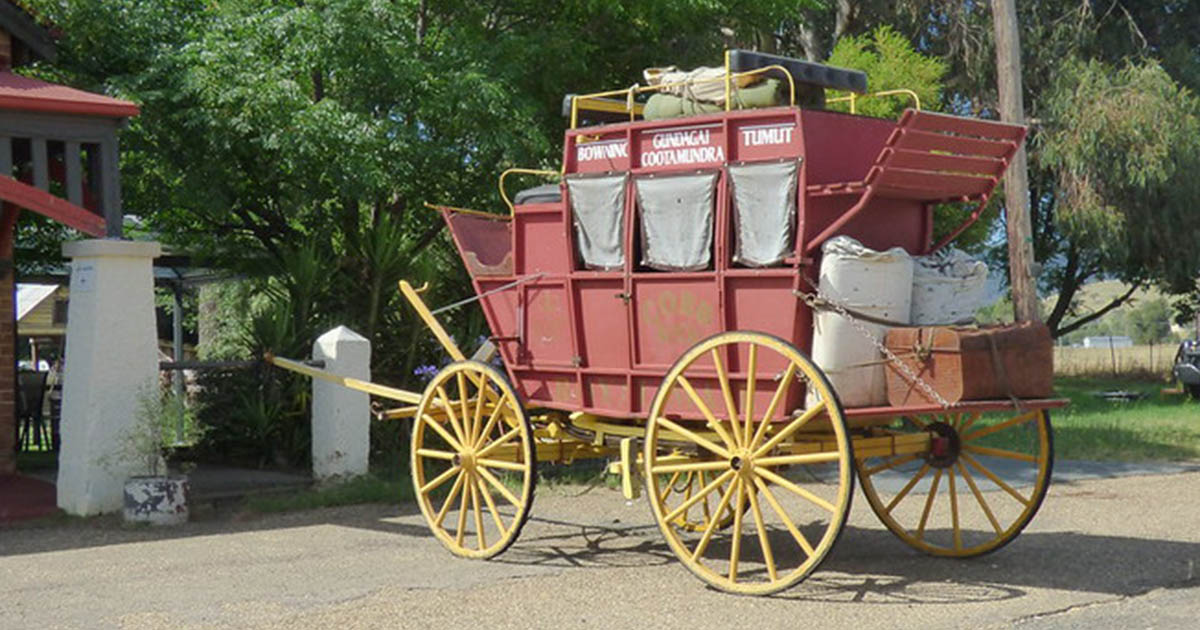
The Glenorie Bus Company which, during the 1990s, became part of the now CDC NSW operations evolved from a coach company started by Ern Black back in the early 1900s. Ern Black acquired an International Bus and started a bus run from Glenorie to Hornsby in 1918. At that time all you needed was a driving licence and a bus and enough passengers to make the run viable.
In the 1920s a Fiat bus was introduced on the run between Hornsby and Arcadia. George Deaman, who had acquired the horse coaches from Ern Black, had purchased a Federal bus in 1923 and had a run between Castle Hill and Dural. The bus was destroyed by fire on a trip between Galston and Glenorie and was then replaced by a larger bus which seated 25 passengers. The depot for George Deaman’s buses was, at first, located at Galston then in 1934 the depot was moved to Glenorie.
But back to the stagecoach business of Cobb & Co., not all coaches bearing the name of Cobb & Co were actually owned or operated by Freeman Cobb and his partners. The original name the company operated under was “American Telegraph Line of Coaches” which was changed shortly after to Cobb & Co., with the founding partners seeking to benefit from the Victorian Goldrush of the 1850s.
The company expanded into NSW in June 1862 following the Lambing Flat gold rush with Bathurst becoming the NSW headquarters. The company continued to expand by either buying out, or forcing out, competitors. In 1865 the company spread into Queensland. In 1871 the operations in the three Eastern States were devolved into three different separate companies all using the name of Cobb & Co.
Freeman Cobb moved to Port Elizabeth in South Africa where he established a Cobb & Co service between Port Elizabeth and the Kimberley diamond fields. Other Cobb & Co operations were started by others in South Australia, New Zealand and even in Japan such was the renown that the original Cobb & Co had in the 1800s.
With the extension of the Metro, from Tallawong to Sydenham, due to open on 4 August this year, we have come a long way in one hundred years.
The past edition story by A Cracker of An Idea

